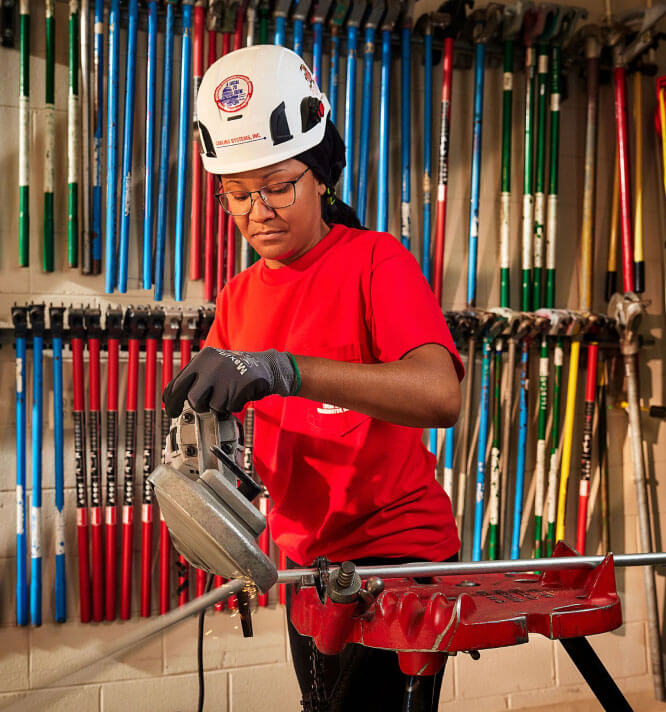
When runoff from heavy rains began flooding the Bloomingdale and LeDroit Park neighborhoods in Washington, D.C., the city and D.C. Water made a plan. They would create temporary underground holding tanks for the water as well as install green infrastructure components such as bioswales and rain gardens to absorb storm water before it entered the system.
The project was so successful that Engineering News-Record MidAtlantic named it the Best Project, Water/Environment for 2015.
Singleton Electric was chosen to provide electrical services that power the machines that divert floodwaters. This full-service electrical contractor was a natural for the job; headquartered in Gaithersburg, Md., it focuses on specialized, large-scale commercial and industrial projects.
The project’s first phase was to convert facilities at the century-old McMillan Slow Sand Filtration site into storage tanks that could hold up to 3 million gallons of runoff.
After the temporary basin was completed, the team began building new diversions and tunnels. A concrete diversion structure 25 feet deep diverts flows from the North Capitol Street storm water sewer to the storage basin. Water flows beneath North Capitol Street through a 4-foot-wide pipe inserted through a hand-mined liner-plate tunnel that’s 5 feet in diameter.
A 55-foot-deep concrete diversion structure will route flow to a future combined sewer overflow tunnel. Excavation for that structure was supported by 80 65-ft-deep secant piles and three levels of permanent strut-walker bracing and was complicated by poor soils and proximity to existing utilities.
Much of the construction took place on extremely small sites and busy city streets, so Singleton Electric and other project team members developed detailed plans to maintain traffic, protect pedestrians and homes, and coordinate material deliveries. Restricted work hours mandated significant night and off-hour work shifts. No-parking zones, temporary crosswalks, temporary traffic flagging locations, other public safety measures, and communications with residents were established.
“As we’ve done with similar large-scale projects, Singleton Electric installed the electrical distribution systems for this project, including all switchgear,” said Singleton Electric’s Vice President of Preconstruction David Singleton. Then we tested it under different scenarios to ensure it would work as intended in an intermittent yet intense scenario like a flood. It was an honor to participate in a project that protects property and lives in the District.”




